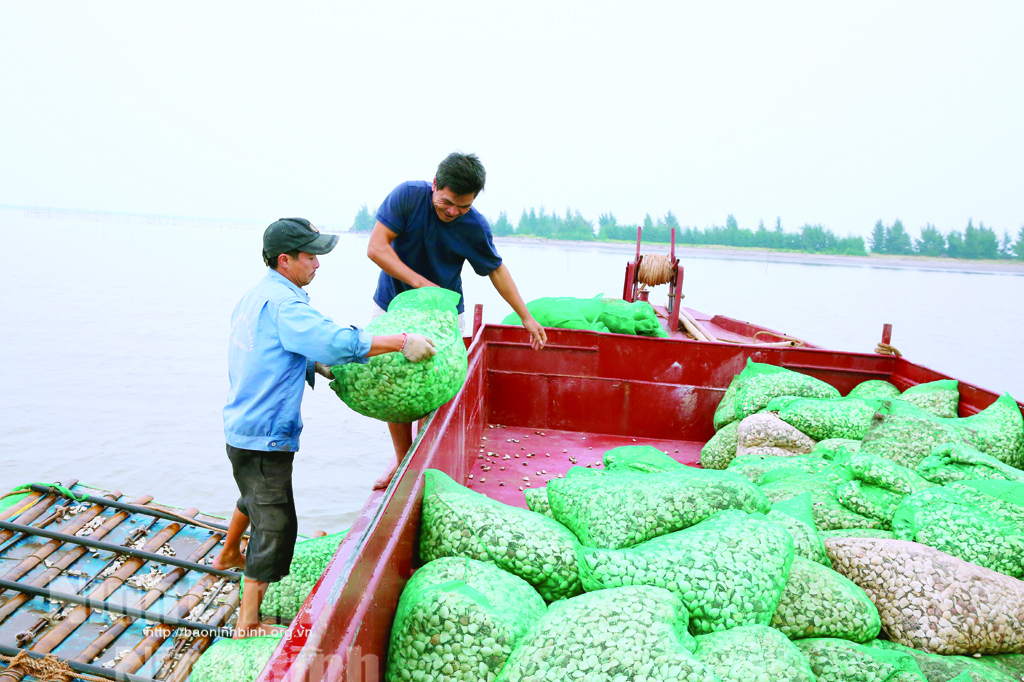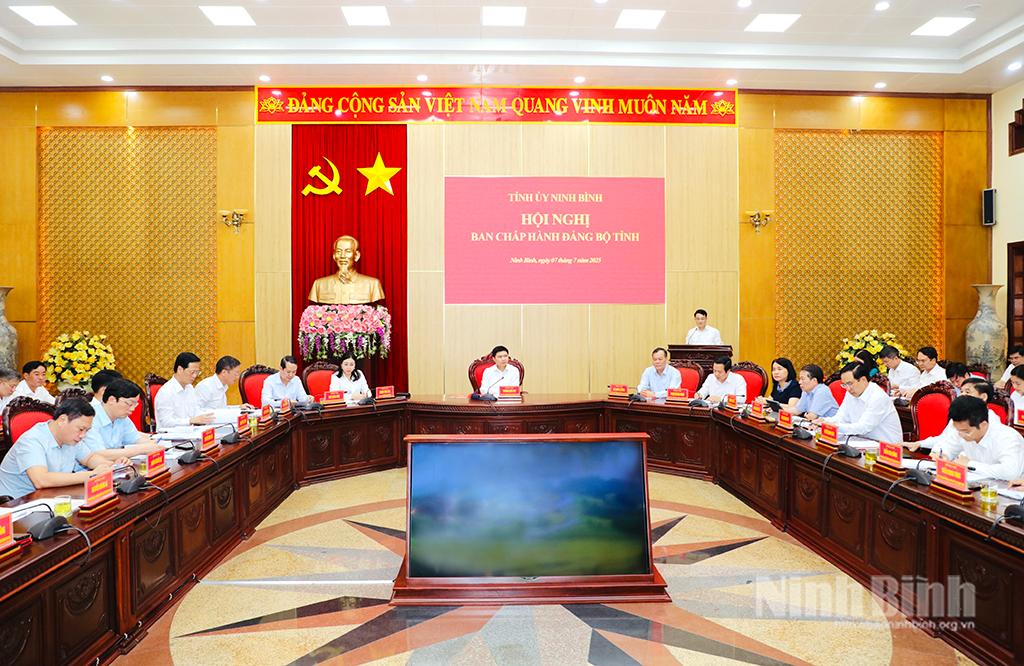Ninh Binh focuses on developing aquaculture with high economic value

In addition, it has an abundant and experienced workforce in the fishery sector. These advantages have helped the fishery sector develop strongly in the recent years, thus contributing greatly to the province's economic structure, increasing income and creating jobs for local people and stabilising the socio-economic situation.
Currently, the province's aquaculture area has been on the rise as some districts such as Gia Vien, Nho Quan, and Yen Mo and Tam Diep city, have successfully converted ineffective paddy rice fields into aquaculture areas.
The aquatic product output has been raised as local farmers have shifted from extensive farming to semi-intensive farming plus the building of durable ponds, using machines and applying scientific and technological advances.
The coastal district of Kim Son, which is a key aquaculture area of Ninh Binh, has applied hi-tech in shrimp breeding in an attempt to develop the fishery sector sustainably.
In recent years, the coastal region of Kim Son has become a "capital" of producing small clams and oysters. It now has 300 households and establishments producing and trading small clams and oysters. These models could bring up to billions of VND each year to each household or establishment.
Kim Son also breeds numerous species such as black tiger shrimp, white-leg shrimp, clam and blue crab while Gia Vien, Nho Quan, and Yen Mo districts and Tam Diep city have developed diverse farming methods like breeding different fish and crab in paddy fields.
To date, some large-scale aquaculture areas have been formed in the province such as seafood catching and breeding in the coastal district of Kim Son, fish breeding in paddy fields; shifting areas of rice planting into fishery breeding in Gia Vien, Yen Mo districts and Tam Diep city.
The province's aquaculture output in the first 6 months of 2022 reached 28,500 tonnes, up 1,600 tonnes compared to the same period in 2021 and making for 48.5% of the yearly plan. Meanwhile, seafood catches were 3,300 tonnes.
These outcomes were achieved thank to the efforts of administrations at all levels and sectors, especially the Department of Agriculture and Rural Development and its subordinate agencies in transferring aquaculture and production techniques to households.
Besides, the provincial departments, sectors and localities have constantly sought measures and investment policies to develop and upgrade infrastructure in aquaculture areas, create favourable conditions for economic sectors to participate in aquaculture and apply scientific- technological advances in production.
Translated by Nguyen Thuy


